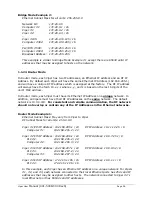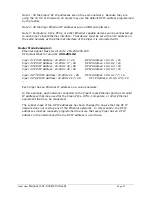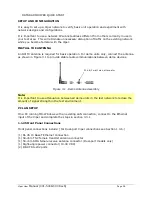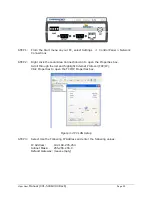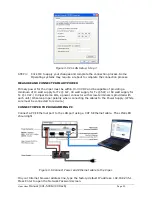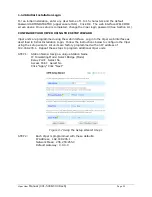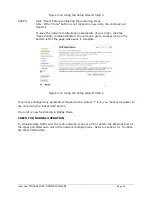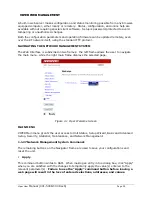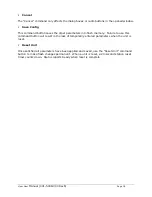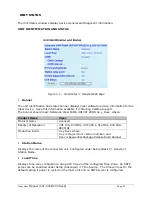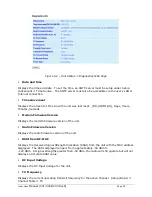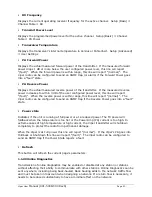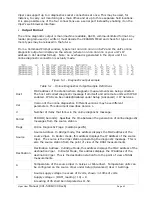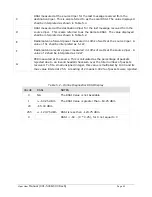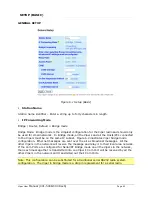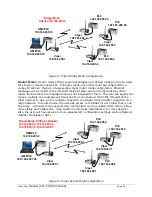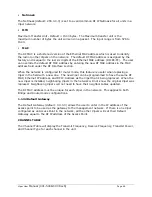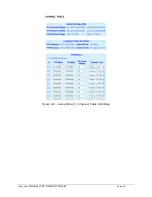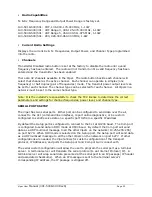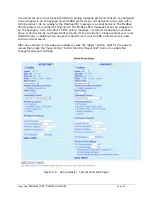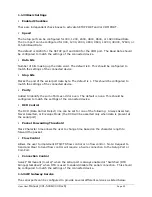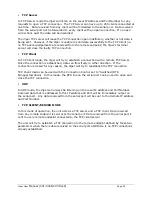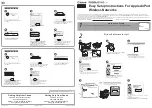
Viper User
Manual (001-5008-000 Rev6)
Page
40
RX Frequency
Displays the current operating receiver frequency for the active channel. Setup (Basic)
D
Channel Table
D
RX
Transmit Power Level
Displays the programmed power level for the active channel. Setup (Basic)
D
Channel
Table
D
PA Power
Transceiver Temperature
Displays the transceiver’s internal temperature in Celsius or Fahrenheit. Setup (Advanced)
D
User Settings
PA Forward Power
Displays the actual measured forward power of the transmitter. If the measured forward
power drops 1 dB or more below the user configured power level, this line will report
“(fault)”. When the forward power is within range, this line will report “(normal)”. The
Viper radio can be configured to send an SNMP trap (or alarm) if the Forward Power goes
into a “fault” state.
PA Reverse Power
Displays the actual measured reverse power of the transmitter. If the measured reverse
power increases to within 3 dB of the user configured power level, this line will report
“(fault)”. When the reverse power is within range, this line will report “(normal)”. The
Viper radio can be configured to send an SNMP trap if the Reverse Power goes into a “fault”
state.
Power state
Indicates if the unit is running at full power or at a reduced power. The TX power will
foldback when the temperature is too hot or the Power Amp (PA) current is too high. In
extreme cases of high temperature or high current, the Viper transmitter will shutdown
completely to protect the radio from permanent damage.
When the Viper is at Full power this line will report “(normal”). If the Viper’s PA goes into
Foldback or Shutdown this line will report “(fault)”. The Viper radio can be configured to
send an SNMP trap if the Power State reports a fault.
Refresh
This button will refresh the current page's parameters.
1.1.29
Online Diagnostics
Transmission of online diagnostics may be enabled or disabled at any station or stations
without affecting their ability to communicate with other stations. Online Diagnostics can be
sent anywhere, including being back-hauled. Back hauling adds to the network traffic flow
and must be taken into account when designing a network. If a return flow is necessary, it
needs to be reduced substantially to have a minimal effect on the network.

